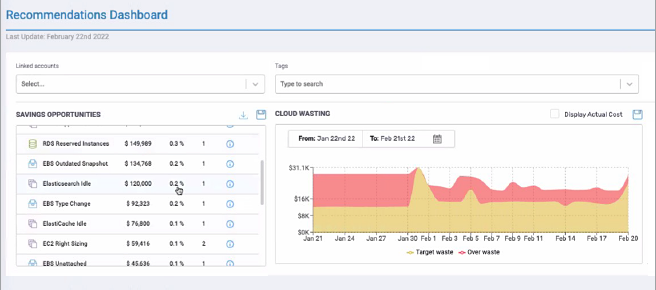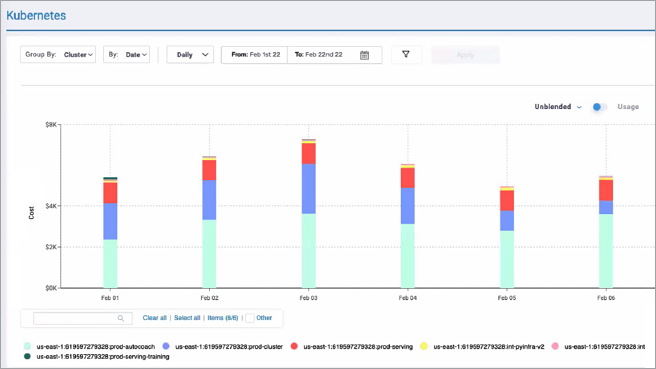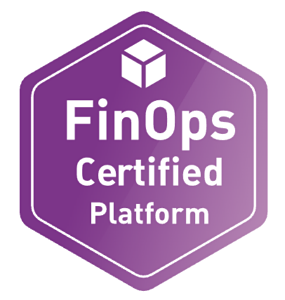Snow Cloud Cost Monitor and manage your public cloud costs
Snow Cloud Cost powered by Anodot displays usage and cost across public cloud accounts, including Amazon Web Services, Microsoft Azure, Google Cloud Platform and Kubernetes. The easy-to-use administrator dashboard serves up insights and alerts to act quickly on cost spikes. Snow Cloud Cost also provides savings recommendations for areas such as compute, storage, database and networking. Finance and cloud operations teams can allocate costs to business units, review personalized reporting, forecast and budget cloud spend.

A holistic view of your public cloud costs.
Challenge Monitoring and controlling cloud costs are complex and time-consuming
- Manually allocating costs is tedious and frustrating
- Different teams require customized data reports
- Consistently inaccurate cloud cost forecasting and budgeting
- Struggle to prevent cloud cost spikes and overspend
Solution Easily see and manage cloud costs with one unified view
- Tag and allocate costs by business purpose
- Gain visibility into
multi–cloud expenses - Right-size spend
- Act on guided savings recommendations
How It Works
Built on a FinOps-certified platform, Snow Cloud Cost aggregates public cloud spend data from AWS, Azure, and GCP and displays customizable reporting panels to build your own dashboards. It enables comprehensive tagging to classify various aspects of business operations by team, region, project, application and other fields. Snow Cloud Cost also has patented AI/ML functionalities to power more accurate forecasting and anomaly detection for insights that deliver impact.
Deep visibility into multi-cloud usage and spend
Within seconds of setting up your cloud accounts, Snow Cloud Cost creates a data-rich dashboard that summarizes usage, spend and where you can save on public cloud costs. Each user can customize this dashboard based on what matters to them:
- Finance can tag projects to metadata and make cost allocation easy
- DevOps and engineering teams can dig deep into resource utilization, including the Kubernetes environment, to understand the containers’ workloads by clusters and pods
- Cloud Operations can view and act on cost savings recommendation

Sensibly manage costs
Snow Cloud Cost easily and quickly identifies savings opportunities. With 50 savings recommendations to right-size cloud services, organizations can reduce cloud spend by 30-40% immediately. Additionally, Snow Cloud Cost provides what-if analyses to simulate various cost scenarios and evaluate longer-term commitment plans. Monitor daily cloud consumption by addressing underutilized resources as well as receive cost spike alerts so you can quickly address, investigate or suspend anomalous activities.

Planning and staying ahead
Don’t let budget overruns stop dev teams from launching applications in the cloud. Snow Cloud Cost offers comprehensive visibility and alerts you when spending crosses pre-established thresholds. AI/ML functions can detect usage anomalies. Similar capabilities applied to historical trends also provide a more accurate forecast so you can align cloud operations with financial and project goals. This intelligent monitoring serves up specific savings insights based on your utilization compared to what normal operations should be.

Industry Recognitions
Snow Cloud Cost is built on a FinOps-certified platform that enables
comprehensive visibility and control of your cloud costs.

It’s easy to track spending (including automated reports and anomaly monitoring) and view the data in a variety of meaningful ways.
